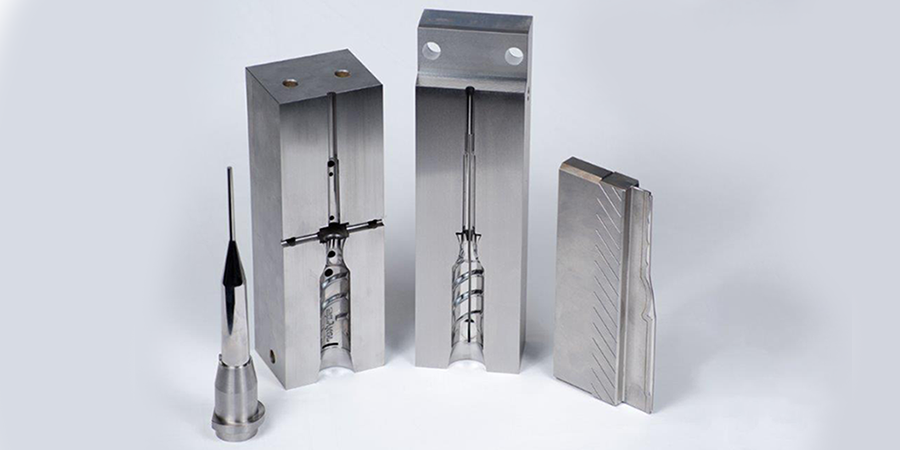Many people refer to the injection mold itself as tooling; both are acceptable terms for the mold. More broadly, tooling also includes other mold components such as jigs, gauges, and fixtures. Inside the mold are other components that are critical to the injection molding process, such as bushings, ejectors, pins, slides, lifters, guides, and other positioning devices.
All of these tooling components have key roles to play in the injection molding process and can be customized to the details of the project, depending on the quality and complexity of the part and budget cost. Although high-quality injection molding tooling is expensive, it can produce millions of parts, each one with the same quality and precision.
Aluminum and steel are most common materials for making injection molding tooling. Because of its toughness and heat resistance, steel tooling is preferred for high-volume production. Steel tooling will not oxidize and usually provides an excellent finish.
Aluminum mold tooling, because it is softer and less resistant to abrasion, typically turns out between 20,000 and100,000 parts (low-volume production). Unlike steel, aluminum mold tooling is not compatible with electrical discharge machining (EDM) and therefore is produced using conventional methods like CNC machining, which is a more expensive process.
Aluminum mold tooling wears out quickly and must be replaced often. Yet, because it is less expensive than steel, and does not take nearly as much time to make compared to steel, aluminum mold tooling can be the ideal choice for limited, small-volume runs.

